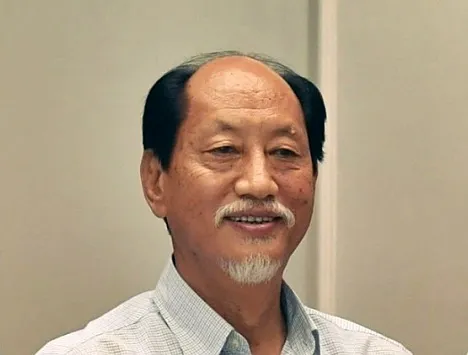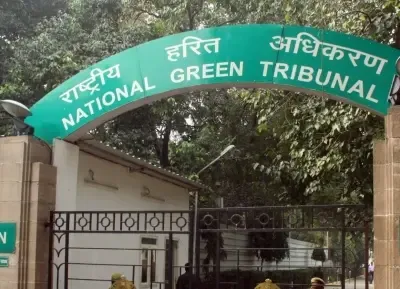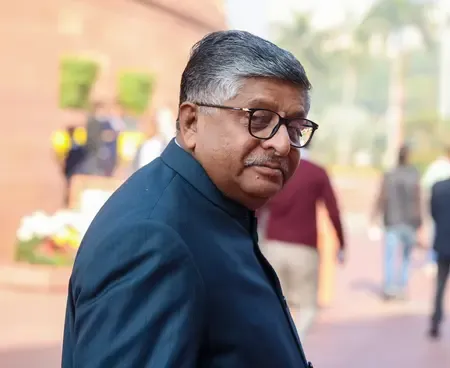Can Nagaland CM Neiphiu Rio Foster Unity Among the Naga People?

Synopsis
Key Takeaways
- Unity among the Naga people is essential for progress.
- The government is committed to achieving universal health coverage.
- Financial initiatives are designed to promote self-employment.
- Compliance with laws is crucial to avoid complications.
- Reforms in border management systems are urgent for security.
Kohima, June 11 (NationPress) The Chief Minister of Nagaland, Neiphiu Rio, once again addressed the various societal and administrative challenges that the state is currently grappling with, urging for unity among the Naga populace.
He advocated for a collective approach and a spirit of collaboration to move towards the mutual objective of realizing Viksit Nagaland in accordance with the national vision of Viksit Bharat by 2047.
During a discussion focused on Viksit Nagaland for Viksit Bharat @ 2047, the Chief Minister provided a succinct historical overview of the Naga movement and the establishment of the Inner Line Permit (ILP) system.
He reflected on the state's financial environment prior to 1989, noting that it used to begin each financial year with a zero-deficit budget.
Rio pointed out Nagaland's distinctive governance framework at the grassroots level, where the Village Councils Act of 1978 operates instead of the Panchayati Raj system found in other states.
He stressed the necessity for the effective execution of Centrally Sponsored Schemes, urging all departments to work hard and ensure that allocated funds are utilized promptly.
“Neglecting this duty,” he warned, “will force the state to return unspent funds with interest to the Central government.”
Rio also advised administrative officials and Village Councils to remain vigilant and strictly comply with existing laws, particularly concerning the issuance of Indigenous Inhabitant Certificates.
He underscored the importance of thorough verification to avert potential complications or unintended outcomes.
In his remarks, Deputy Chief Minister for Planning and Transformation, T.R. Zeliang, highlighted two of the state's flagship initiatives—the Chief Minister’s Health Insurance Scheme (CMHIS) and the Chief Minister’s Micro Finance Initiative (CMMFI).
Discussing the CMHIS, Zeliang described it as a groundbreaking initiative aimed at achieving universal health coverage for all Nagaland citizens.
He noted that the program exemplifies the government’s steadfast dedication to creating a resilient and inclusive healthcare system, ensuring the welfare of each citizen.
On the CMMFI, Zeliang emphasized its impact on fostering self-employment and economic independence, especially among the youth.
This initiative is tailored to aid farmers and aspiring entrepreneurs by providing accessible and subsidized credit.
This financial assistance enables beneficiaries to invest more effectively and adopt modern technologies to boost productivity and income.
Deputy Chief Minister for Home and Border Affairs, Y. Patton, also addressed critical issues requiring immediate action—Protected Area Permit (PAP), Inner Line Permit (ILP), and the Free Movement Regime (FMR) along the India-Myanmar border.
He asserted that reforming these systems is vital for the overall welfare and security of the state.
While acknowledging the recent implementation of the ILP in Dimapur, Chumoukedima, and Niuland, Patton expressed the government’s willingness to consider constructive public suggestions to further enhance the ILP system.
In his concluding remarks, he emphasized the significance of safeguarding Article 371(A), asserting that it is crucial to protect the rights and freedoms of the Naga people from external interference.










